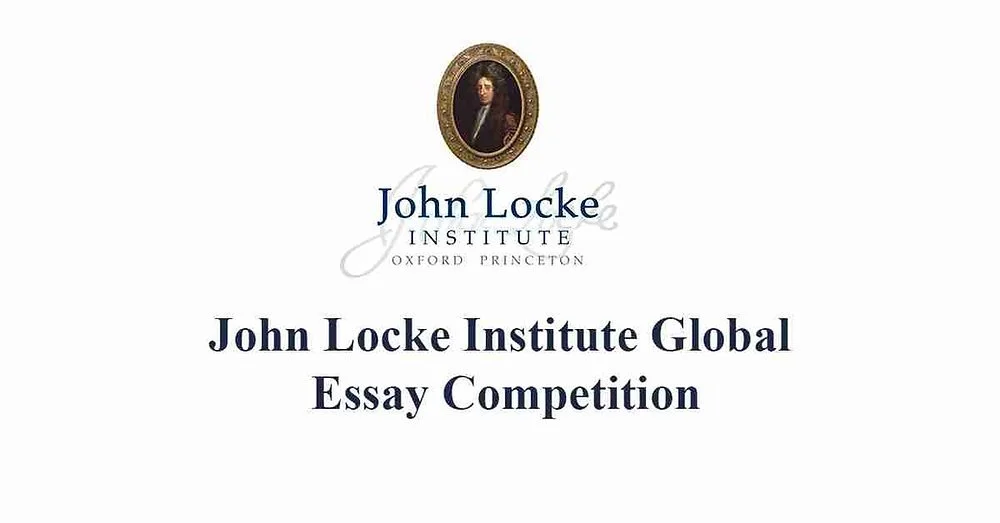Architecture Model Personal Statement
This is a model personal statement of a successful Oxbridge Architecture applicant.
Seeing my ideas materialise gives me immense satisfaction and drives me to make my concepts a reality. This drive appears, not only in art, but also in physics. Often feeling torn between the sciences and the arts, being able to merge the two through architecture is an exciting prospect.
When I work with clay, sculpting it into forms from the natural environment, I experiment with ways in which to make the texture of my works more tactile. I also keep a visual diary of sketches of my surroundings. I imagine my works to be displayed in a built environment to thereby juxtapose the natural and the artificial. These themes appeared in my GCSE works and evolved during sixth form. My recent sculptures were influenced by visits to London, where I saw the works of Christina Iglesias, her water features are tribute to London’s lost rivers. Her sculptures attracted my attention due to their untamed and rugged depiction of nature, in contrast to the idyllic way nature is often presented in art and architecture in the city.
My interest in architecture led to work experience with Julian Harrap conservation architects. I helped design the flooring for the renovation of the Royal Academy. The company’s philosophy puts emphasis on appropriate and accurate conservation. Empathising with the values of the original design, I think, is key to interpreting buildings and hence conserving them in a way which is respectful to their original context. Julian Harrap interested me due to the in depth historical knowledge they have of each building they work on. My understanding of this has developed since taking IB philosophy and was consolidated through teaching philosophy in a local primary school, I have given short lessons on aesthetics and the nature of art. This theme also appears in my philosophy course work in which I explore autonomist and moralist views of aesthetics in architecture.
I am an active member of the engineering and the art history societies. In engineering society I have presented on several occasions, the most recent of which, regarded the architecture of Wembley arena. The designers had to consider the visual design as well as bearing acoustics in mind. Participating in my school kit car club, building a Caterham Seven car, improved my problem-solving skills, gave me practical knowledge and my first taste of driving.
Creating three-dimensional objects in art helped me form a model bridge as part of my extended essay on suspension bridge optimization. Researching the physical theories behind my bridge was exciting, and I enjoyed putting my practical skills to use in its construction and testing. The book 'Structures; why things don’t fall down,' was an inspiration for my essay and intrigued me as it highlights the influence that engineering and architecture have had on one another. This raised questions over the place and function of architecture in the modern environment, as during the research for my experiment it seemed that the fundamental design of the bridge was dictated by the forces it would experience, any major changes to this would jeopardise its safety. I think that similar problems exist in the design of many utilitarian structures and products. I experienced an example of seamless integration between ecological design and engineering during work experience in the design department at a pioneering electric vehicle designer, Rimac Automobili.
Helping users embrace technology is likely to become a fundamental aim of architecture in the future, as architects have to reassess their ever changing purpose in order to continue making crucial contributions to society. It is also important that these contributions are considered with reference to social responsibility. My aim therefore, in studying architecture is to design built environments which help people interact with their community, and buildings with which people develop a meaningful connection; doing both these things with a strong sense of environmental responsibility.


